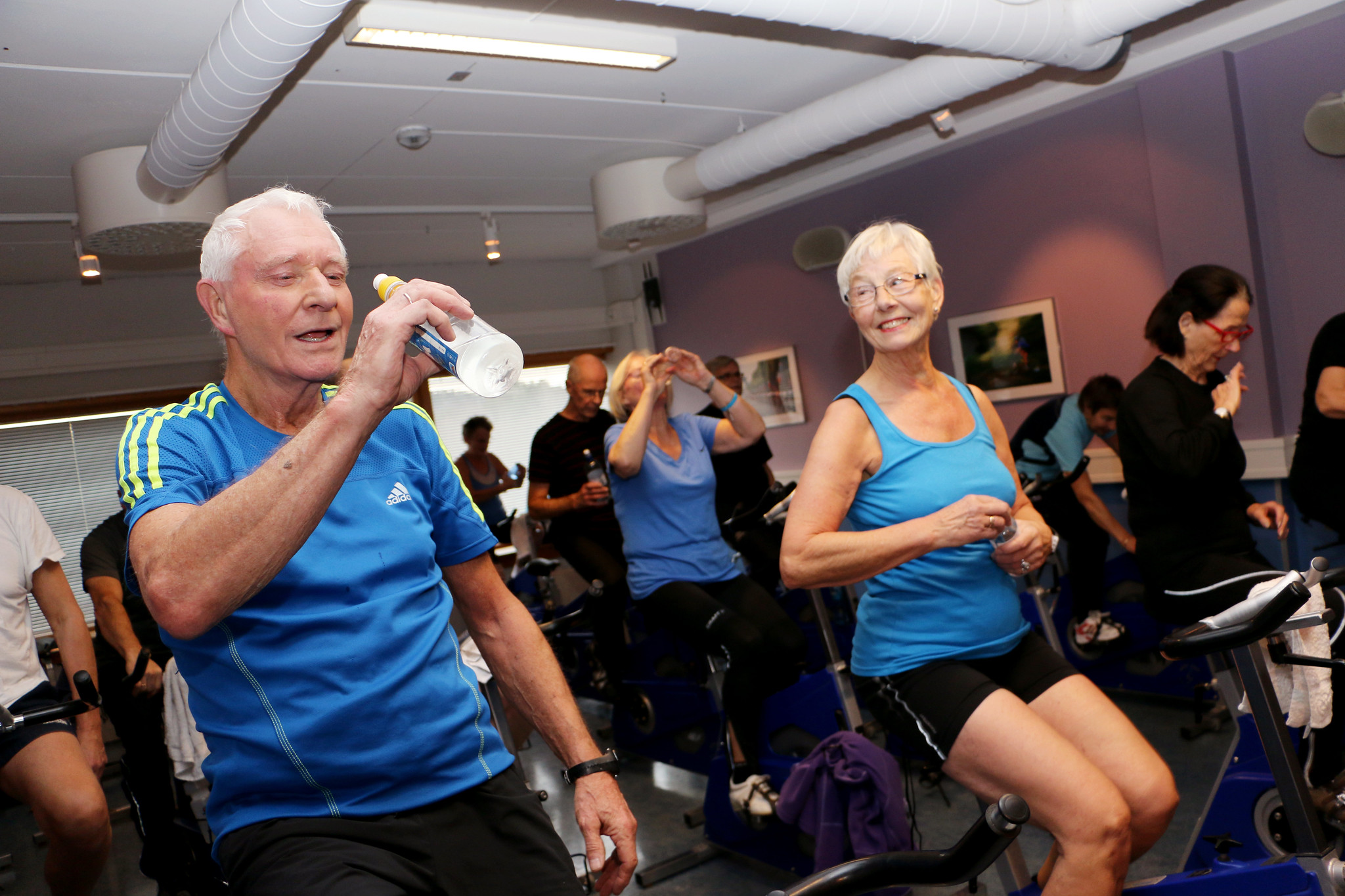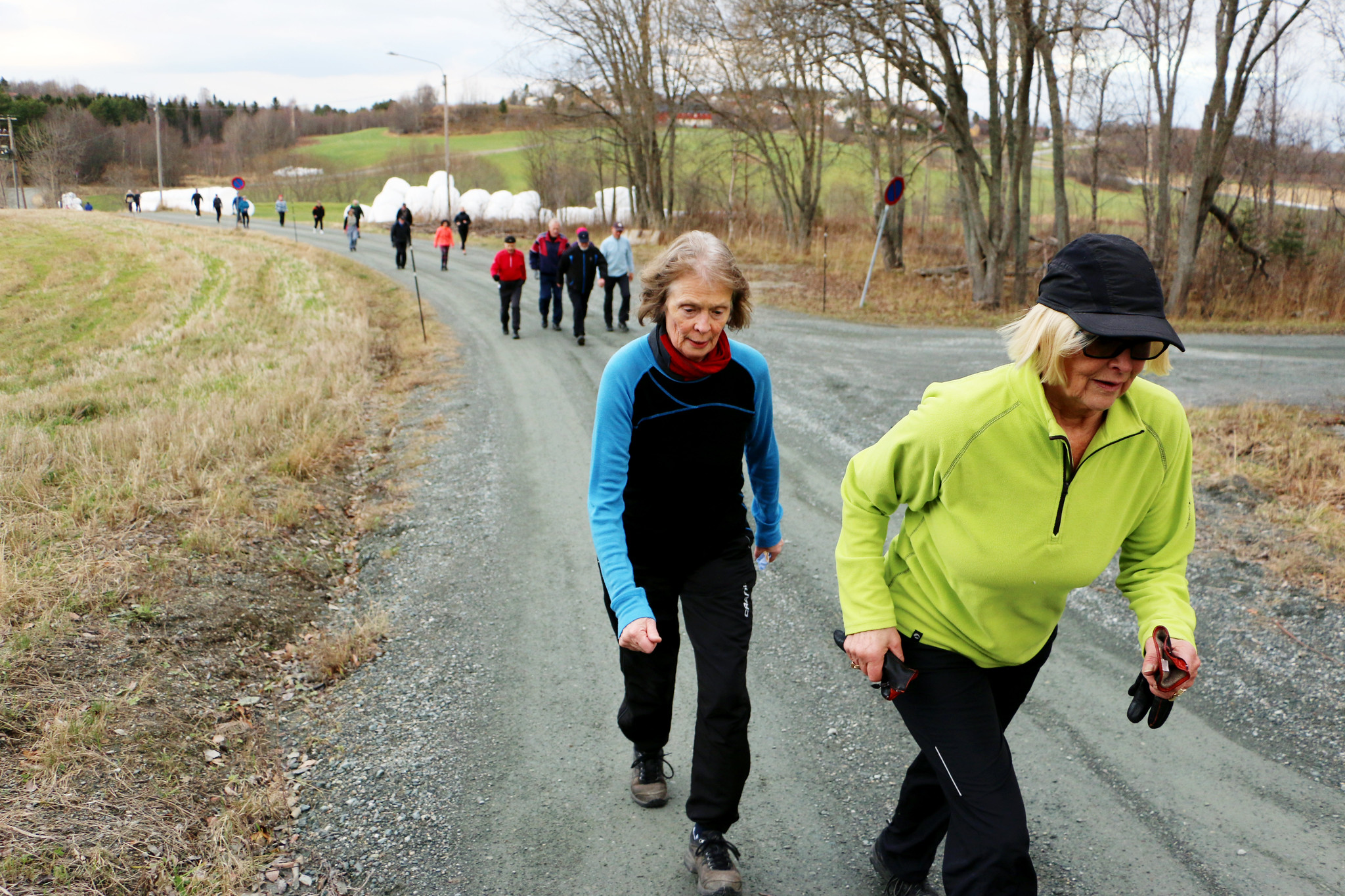It's a HIIT!
06-Jun-2020
High-Intensity Interval Training (HIIT) for five years increases quality of life and improves cardiorespiratory fitness more than moderate exercise. However, we can still not be completely certain that it's more effective in improving longevity in the elderly, says Professor Ulrik Wisløff of the Cardiac Exercise Research Group at the Norwegian University of Science and Technology.
The Generation 100 study
In the Generation 100 study, we followed more than 1500 women and men in their 70s for five years. The study is a cause-and-effect trial, which means that all participants were divided randomly into three different exercise groups when the study started back in 2012.
One group was assigned to do high-intensity training intervals according to the 4×4 method twice a week, while a second group was instructed to exercise at a steady, moderate intensity for 50 minutes two days a week. The participants could choose whether they wanted to exercise on their own or participate in group training with instructors.
The third group - the control group - was advised to exercise according to the Norwegian Health Authorities' recommendations [broadly similar to that from the UK's NHS]. This group was not offered organised training under the supervision of Generation 100, but was called in for regular health checks and fitness assessments.
High survival
Among 70 to 77 year-olds in Norway, in general, 90% survive the next five years. In the Generation 100 study population, an impressive 95.4% of the participants survived.
The high survival is likely, to some extent, to be caused by the exercise performed by the participants in all the three groups in the study. Our data show that even the control group maintained a high level of physical activity throughout the period. Although this group was not offered organised exercise, the participants may have been motivated by the regular fitness and health check-ups throughout the study.
However, our findings cannot make us completely sure that exercise prolongs life for older adults. The high survival in all groups is probably partly explained by a 'healthy participant bias'. Those who signed up to participate in the Generation 100 study had relatively good health, were relatively physically active and probably had high motivation for exercise in the first place.

Lower risk of early death with HIIT?
In the high-intensity interval training group, 3% died during the study period. In the moderate intensity exercise group, 5.9% of the participants died. The difference between the groups is not statistically significant. However, the trend is so clear that we would encourage health authorities worldwide to recommend high-intensity exercise for older adults - at least as a supplement to other types of exercise.
In the control group, 4.7% of the participants died during the five-year period. We found no difference when we compared the survival in the two exercise groups combined and the survival in the control group. Furthermore, the risk of dying from cardiovascular diseases or cancer did not differ between the three groups.
Active control group
The participants in the control group exercised more than we thought they would, which makes it challenging to interpret our results. Actually, 20% of the participants in this group exercised regularly with high intensity. Thus, they performed more high-intensity training than the moderate group, but less than the high-intensity group. This may explain why they ended up in the middle - also in terms of mortality.
Another possible reason why the study does not give us completely clear answers, could be that not all participants in the two exercise groups exercised according to the study protocol. Only half of the participants in the high-intensity group actually performed regular high-intensity interval training, whereas more than 10% of the participants in the moderate group exercised frequently with high intensity.
More health effects with high-intensity training
Both physical and mental quality of life were better in the high-intensity group after five years than in the other two groups.
High-intensity interval training also had a greater effect on cardiorespiratory fitness after one, three and five years, compared to the other two groups. Higher fitness is closely linked to a lower risk of premature death, so this improvement may possibly be a reason why the high-intensity group apparently had the highest survival.
The participants in the other two groups in the Generation 100 study also managed to maintain their cardiorespiratory fitness throughout the five-year period. This is quite unique for people in this age group, with an expected drop in fitness of 20% over a ten-year period. This indicates that the participants in all three groups of the Generation 100 study have been more physically active than what is usual for men and women in their 70s.
You can see the exercise routine in a video here and a video explaining the results here.

